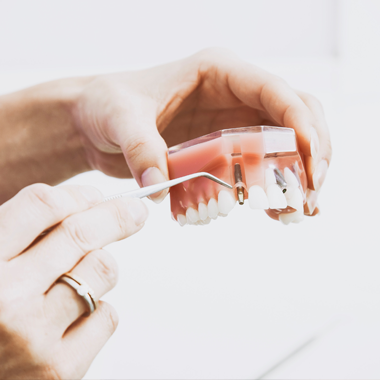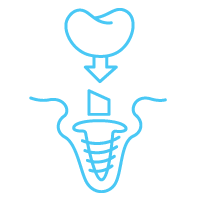
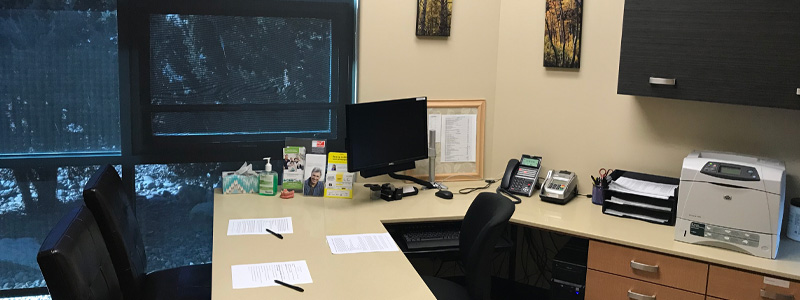

Implant Options
Replacing a Single Missing Tooth
When a single tooth is missing, the two most common treatment options are the traditional tooth-supported bridge and an implant-supported crown. When a traditional bridge is used to replace a missing tooth, the adjacent teeth are cut down into peg shapes in order to fit the cemented bridge in place. This method of tooth replacement can be very esthetic and functional for a period of time. However, a tooth-supported bridge does not replace the bone that previously surrounded the root. Since there is no longer a root to hold the bone in place, the bone deteriorates or melts away.
Advantages of replacing a single missing tooth:
- It looks, feels, and functions like a natural tooth
- It is much more esthetic long-term
- It does not decay
- There is no need to grind down the adjacent natural teeth
- The bone is preserved, preventing a visible bony defect
- It is more hygienic (easier to clean) than a tooth-supported bridge
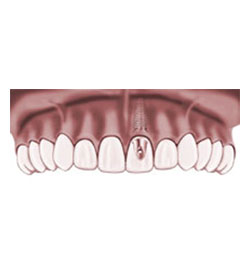
Replacing Multiple Missing Teeth
When more than one tooth is missing, there are three common treatment options: the traditional tooth-supported bridge, a removable partial denture, and an implant-supported bridge. In this situation, the benefits of implant-supported teeth are even more obvious.
A removable prosthesis, such as a partial denture, actually accelerates the bone resorption (deterioration) process that occurs naturally when teeth are lost or removed. In addition, the clasps that hold the partial denture in place put significant pressure on the natural teeth they hook onto, loosening them and, in many cases, eventually leading to the loss of those teeth. Most patients with partial dentures state that they are uncomfortable and that they rarely wear them.
Advantages of replacing multiple missing teeth:
- They look feel and function like natural teeth
- They are much more comfortable and stable than partial dentures
- They virtually stop the bone resorption (deterioration) process
- The integrity of the facial structures is maintained
- Adjacent natural teeth are not compromised (ground down into peg shapes or loosened)
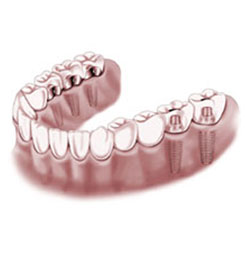
Replacing All of the Teeth
Disadvantages of replacing all teeth with dentures:
- Dentures are sometimes uncomfortable.
- Dentures are more difficult to tolerate especially when eating.
- The bones of the upper and lower jaw will decrease in size (this generally takes many years), and the dentures become loose and can fall out when laughing, sneezing, or coughing without the use of adhesives
- People without their teeth and supporting bone visibly age much faster
- Wearing dentures usually undermines a person’s self-confidence.
- People with dentures find it more difficult to eat certain foods, such as steak, corn on the cob, and apples.
These problems can be solved with implant-supported replacement teeth, which are stable (securely fastened to the implants) and maintain the integrity of the facial structures by preserving the bone.
Advantages of implant-supported replacement teeth:
- They are more comfortable and stable than traditional dentures
- They virtually decrease the bone resorption (deterioration) process
- The integrity of the facial structures is maintained
- Appearance is improved
- It is not necessary to cover the roof of the mouth so food can be tasted
- Relines and repairs are infrequent compared to traditional dentures
- Natural biting and chewing capacity is restored
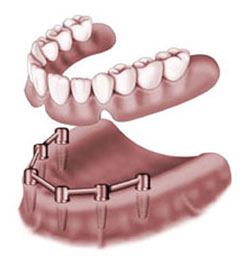
How Does an Implant Procedure Work?

Initial Consultation
The first step is an examination and consultation with your dentist to determine whether or not you are a candidate for implant treatment. This usually involves x-rays and may include taking impressions for models of your teeth. During the examination, your dentist will evaluate the area(s) of your mouth where teeth are missing and the type of replacement teeth that will best meet your needs. A review of your health history will indicate whether there are any medical conditions that could prevent you from being a candidate for implant treatment.
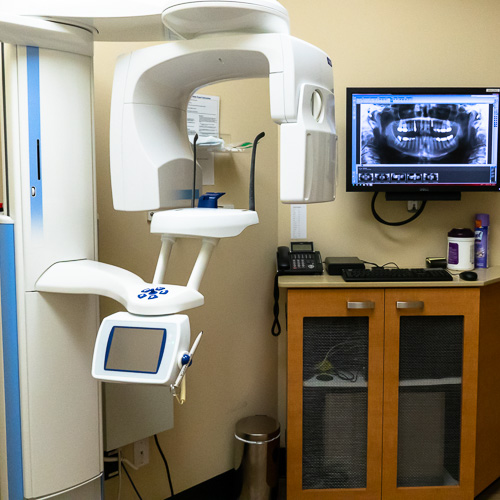

Surgical Evaluation
Following the initial consultation, you will be referred to Dr. Gray for a comprehensive surgical evaluation. This will typically be for the purpose of further evaluating the quality and quantity of available bone to determine the number of implants necessary, as well as whether additional procedures may be needed to obtain the desired functional and esthetic result. If you have already lost a significant amount of bone, the need for procedures to add (graft) bone or create new bone will also be evaluated. Additional x-rays taken at another facility that specializes in 3D imaging might also be recommended.
Once the surgical evaluation has been completed, a treatment plan will be developed with your general dentist to meet your individual functional and aesthetic needs.
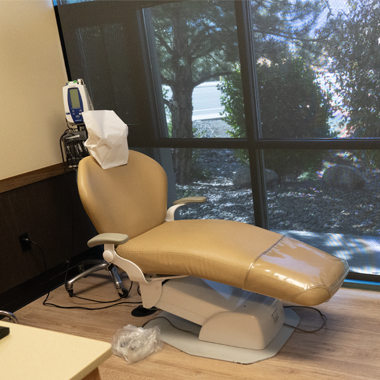

Implant Placement Procedure
The implants are placed in the bone using a gentle surgical technique. Following the implant placement procedure, the implants are left undisturbed for a period of several weeks so that the bone can remodel around the implants to form a strong biological bond to them. During this bone-remodeling phase, you will have some type of temporary replacement teeth, so that you never have to be without teeth during treatment.

Abutment Attachment Procedure
Following the appropriate bone-remodeling period, a small connector post called an abutment is attached to each implant. The permanent replacement teeth will eventually be attached to the abutments.
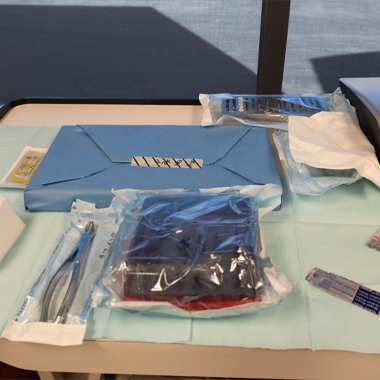

Fabrication of Replacement Teeth
Your dentist will then take impressions of your teeth and the implant abutments; place temporary replacement teeth and select the appropriate shade for your replacement teeth. The laboratory technician will fabricate your replacement teeth and the underlying structures that will be attached to the implants. Then your dentist will try the replacement teeth for proper fit and attach them to the abutment.
